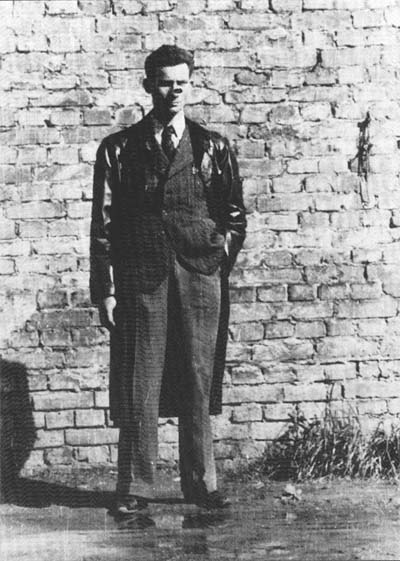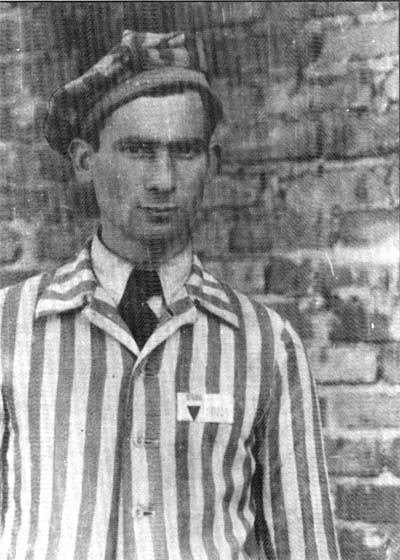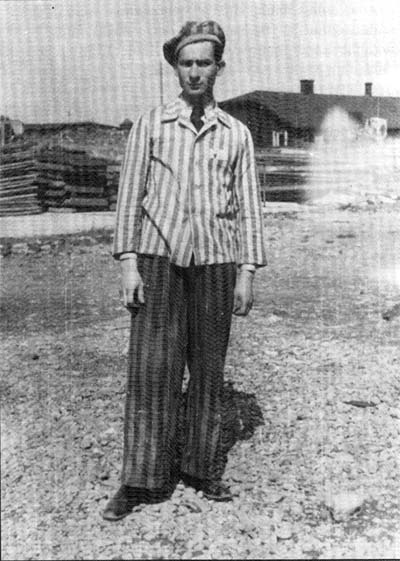|
|
 |
 |
AUSCHWITZ:
Technique
and Operation
of
the Gas Chambers © | |
|
| |
 |
Back |
 |
Contents |
Page 481 |
 |
Home
Page |
Forward |
 |
| Note: Page 480 is
blank |
PART THREE
CHAPTER 3 |
| |
DEPOSITION OF 24th MAY
1945
BY HENRYK TAUBER
former member of the
Sonderkommando
of Krematorien I, II, IV and V |
| |
| Introduction |
| |
The testimony by Henryk TAUBER [Documents 1, 2 ,3 and 4]
is the best that exists on the Birkenau Krematorien. Being 95%
historically reliable, it stands head and shoulders above the rest.
Though without the benefit of higher education, Henryk Tauber, a
modest man with no desire to seek the limelight, remembers
perfectly. He was the only one to give a precise and detailed
description of the equipment and working of the Krematorien. His
extremely accurate account has been used little if at all by the
historians, quite simply because they could not understand it.
Tauber’s name was not as much as mentioned during the “Faurisson
trial”. The reason for this is that in order to be able to
understand and above all to appreciate the quality of Tauber’s
account, one must have firmly in mind the arrangement of the
premises.
When Mrs Dorota Ryszka, a PMO interpreter,
translated it orally for me, I closed my eyes and was able to follow
Tauber, despite the deadpan style of his deposition, as he guided me
through the different parts of Krematorium II, Of the many accounts,
testimonies and confessions with which I was familiar, none had the
accuracy of Tauber’s account. I felt that it should be presented in
its entirety and in a form as close as possible to the original. I
used two translations of the Polish text, one by Mrs Dorota Ryszka
and the other by Mr Adam Rutkowski, translations that I have adapted
by including my own remarks and references so that the reader, too,
can let himself be guided by Henryk Tauber.
Some people may
reproach him for his attitude, accuse him of having taken his work
as a “stoker” too much to heart, and to have masked the sordid
reality of the cremations by speaking in such a technical fashion.
For my part, I refuse to level the slightest criticism at this
exceptional witness. His neutral tone, free from grandiloquent
opprobrium or political references, is at the limit of the bearable
and is exactly suited to the historical detatchment necessary for a
factual and dispassionate study of the ‘murder weapon’.
Henryk Tauber’s deposition enabled me at the last moment to
authenticate the testimony of Dr Paul Bendel that I was on the point
of invalidating. |
|
| Document 1 |
 |
|
| |
|
|
| |
Documents 1 and 2:
PMO photos, neg. nos 21334/64 and /65 |
|
| |
|
|
| |
Henryk TAUBER in civilian
clothes in May or June 1945 at the time of his testimony to the
Polish judge Jan Sehn. His face gives us a subjective idea of the
value of his testimony. which was for Jan Sehn, a vital element in
his research into the crimes perpetrated in the former KL Auschwitz-
Birkenau. |
|
| |
|
|
| Document 2 |
 |
|
| |
|
|
| |
|
|
| Document 3 |
 |
|
| |
|
|
| |
Documents 3 and
4:
PMO photos neg Nos 21334/123 and /122 |
|
| |
|
|
| |
Henryk TAUBER in May or June
1945 having put on his old zebra suit over his new civilian clothes
for the benefit of the photgraphers. On his chest is his prison
number 90142, with the red triangle of the political prisoner
surmounted by a yellow bar indicating that he is a Jew. It appears
that Tauber probably owed his survival to his very specialized
function of “stoker”, which made him too indispensible and precious
for the SS to be able to liquidate him before January 1945. |
|
| |
|
|
| Document 4 |
 |
|
| |
|
| |
|
| |
AUSCHWITZ:
Technique
and operation
of the gas chambers
Jean-Claude Pressac
© 1989, The
Beate Klarsfeld Foundation |
| Note: Page 480 is
blank |
 |
Back |
Page 481 |
Forward |
 |
|

